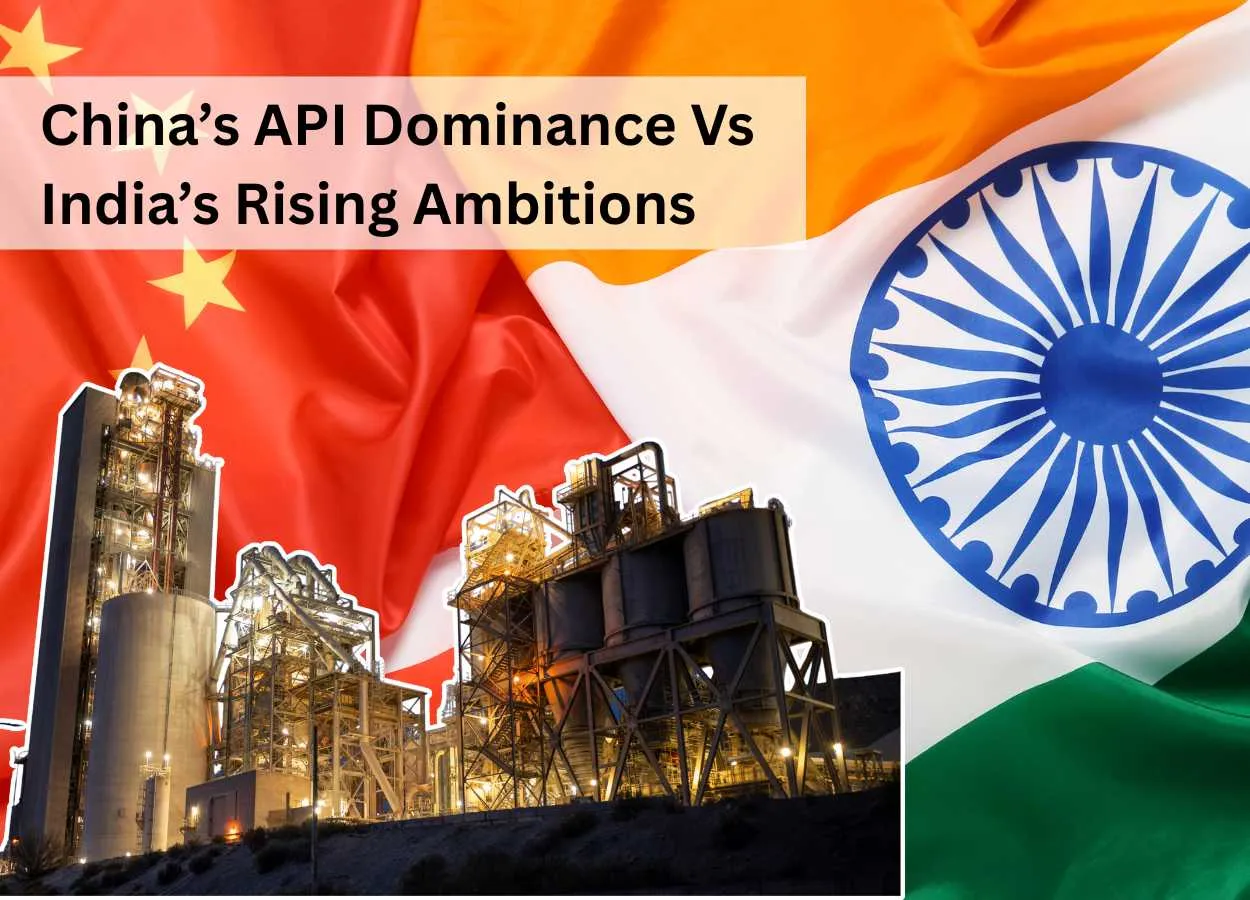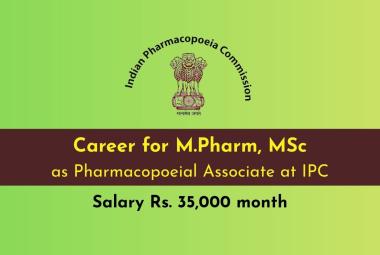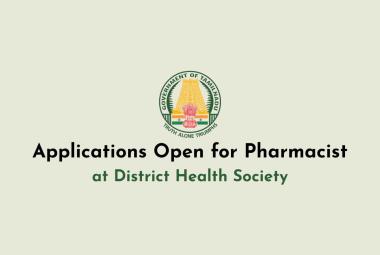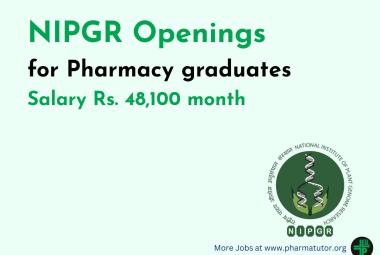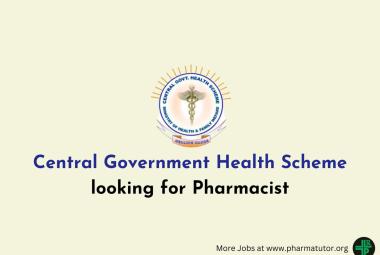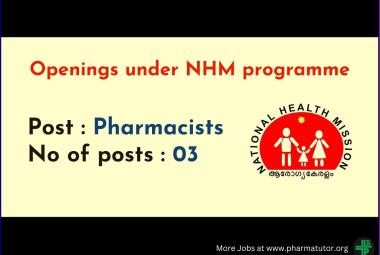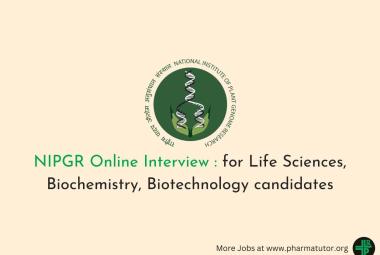For decades, China has held the title of global API (Active Pharmaceutical Ingredient) powerhouse, supplying a significant portion of the world’s pharmaceutical raw materials. This dominance was not accidental it was the result of decades of strategic planning, government backing, and industrial scaling. Meanwhile, India, though renowned for its low-cost, high-quality generic drug formulations, became increasingly dependent on imported APIs, primarily from China.
However, in the wake of the COVID-19 pandemic, India recognized the urgent need for pharmaceutical self-reliance, especially in the area of APIs. As the world reconfigures its supply chains and pharma ecosystems, India is now taking confident steps to rebuild its API capacity, inspired by but not copying China’s success story.
What Made China the World’s API Factory?
China’s rise in API manufacturing began in the 1990s, with aggressive state support. The government encouraged the creation of dedicated chemical industrial zones, provided export incentives, and relaxed environmental controls in select industrial corridors. These steps made it extremely cost-effective to produce bulk APIs.
Companies like North China Pharmaceutical Group (NCPC) and Hubei Biocause emerged as global giants in producing key APIs such as penicillin G, vitamin C, and ibuprofen. Their success was driven by:
- Economies of scale: Enormous production capacity.
- Shared infrastructure: Centralized utilities, water, and waste treatment.
- Backward integration: In-house production of KSMs and intermediates.
- Fermentation & biotech-based processes: Efficient and cost-effective.
India’s Wake-Up Call: From Formulations to Raw Materials
While India focused on being the global leader in finished formulations and generics, it gradually became dependent on imported APIs—about 65-70% of which are from China. The situation turned alarming during the COVID-19 pandemic, when global disruptions led to raw material shortages, delaying medicine production.
In response, India launched :
- The Production-Linked Incentive (PLI) Scheme in 2020, with Rs.6,940 crore to support 53 critical APIs.
- Plans for three bulk drug parks (Gujarat, Andhra Pradesh, Himachal Pradesh) with common infrastructure.
- Policy reforms to fast-track API project approvals.
Dare to Dream
India’s push for API self‑reliance has shifted from aspiration to action, and the change is visible on the ground. Over the past two years, New Delhi has kept its foot on the accelerator, extending the Production‑Linked Incentive (PLI) window to July 2025 so more firms can qualify for subsidies on 53 critical molecules. Construction crews are busy in three sanctioned bulk‑drug parks, and new proposals keep coming: Uttar Pradesh has just floated a fully state‑funded pharma park that has already attracted interest from 26 companies. The logic is simple, shared effluent plants, captive power and common warehousing cut capital costs for every tenant and let them scale faster, just as China’s chemical zones once did.
Indian corporate are matching that policy intent rupee for rupee. Divi’s Laboratories, already the world’s largest maker of naproxen and gabapentin, is adding new blocks at Hyderabad and Visakhapatnam to handle everything from gram‑scale prototypes to thousand‑ton commercial runs. Laurus Labs is betting big on fermentation: its 2025 results show a Rs. 250‑crore cap‑ex that will more than double fermenter capacity by 2026 and lift reactor volumes another 15 percent. Mid‑caps such as IOL Chemicals are moving upstream into key starting materials, while several biotech start‑ups are chasing enzymatic routes that slash solvent use.
Just as critical, the bureaucratic mindset is shifting. Where clearances once crawled, the Department of Pharmaceuticals now runs a single‑window portal—helped by political symbolism such as Prime Minister Modi personally laying the foundation stone of the Himachal Pradesh bulk‑drug park back in 2022. The signal to industry is unmistakable: the centre wants factories, not PowerPoints.
Hurdles on India’s API Journey
Despite the renewed momentum, India faces several challenges that could slow down its API ambitions if not addressed swiftly. First, API production in India is still costlier than in China, largely due to higher input costs, fragmented infrastructure, and lack of shared utilities like effluent treatment and power supply, facilities that Chinese industrial parks have long offered. Secondly, many Indian firms lack access to cutting-edge fermentation and biotech technologies, making it harder to compete in key API segments like antibiotics and vitamins.
Another significant hurdle is regulatory complexity. Setting up an API unit in India often involves lengthy approval processes from multiple state and central agencies, which delays projects and increases costs. Additionally, the shortage of locally produced KSMs forces many companies to still rely on imports, weakening India’s supply chain resilience. Environmental compliance is another challenge while necessary, the cost and time involved in meeting India’s strict regulations can be a deterrent for small and mid-sized API producers.
Lastly, the sector is hampered by a limited skilled workforce in advanced chemical engineering and biotech processes, and a historically low level of investment in pharma R&D infrastructure. Overcoming these barriers will require not just incentives, but a deep overhaul of how pharmaceutical raw material manufacturing is supported and scaled in India.

In above table approximate metrics are given.
US Tariff can hurt API sentiment
If the United States imposes tariffs on pharmaceutical ingredients or finished drugs imported from India, it could hurt Indian exporters, particularly those dependent on the US market. The US is one of the largest buyers of Indian generics and APIs, accounting for over 30% of India’s pharma exports. Any increase in tariffs could reduce the price competitiveness of Indian products in the US, forcing buyers to either seek cheaper alternatives or negotiate harder on prices.
For example, if the US levies a 10% duty on APIs from India, a US-based drug manufacturer might prefer sourcing from non-tariff countries or even shift to domestic production, if cost-effective. This could hurt companies like Aurobindo Pharma, Sun Pharma, or Lupin, which rely heavily on the US market for both APIs and formulations.
However, there’s also a strategic angle to consider. The US, in recent years, has become more aware of its over-reliance on China for APIs, especially after COVID-19 disrupted Chinese supply chains. This has opened a window for India to become an alternate supplier, and US policymakers are actively seeking to diversify API sources. So, even if tariffs are introduced, they might target China more than India, making India a strategic partner rather than a trade rival.
- Rajesh Vagh
PharmaTutor Edu Labs


